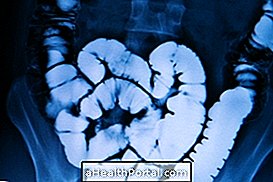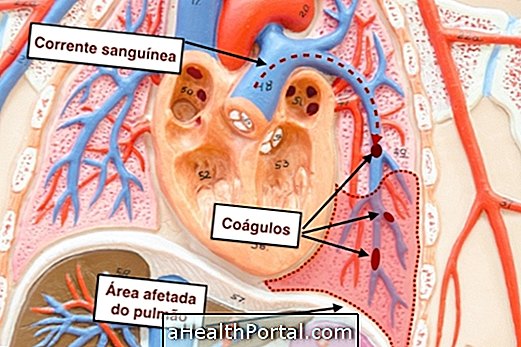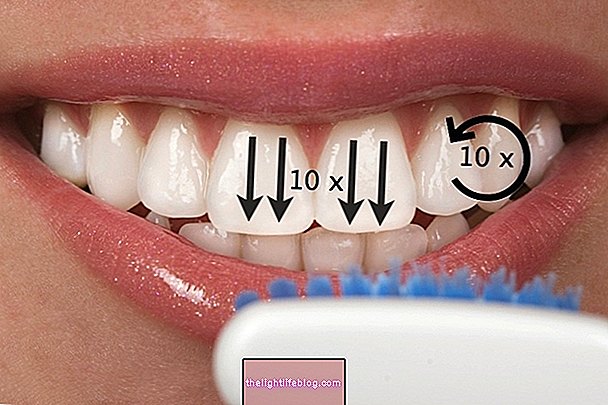The opaque enema or opaque clister is an x-ray and contrast test, usually barium sulfate, to study the shape and function of the large and rectum to detect possible bowel problems, such as diverticulitis or polyps.
The opaque enema test can be done in both adults and children and can be divided into simple opaque enema when using only a contrast and opaque enema with double contrast when more than one type of contrast is used.


The opaque enema lasts about 40 minutes, is performed without anesthesia and the individual may experience pain and discomfort during the examination. Therefore, some doctors prefer to request a colonoscopy because it also serves to evaluate the large intestine, being safer and more comfortable for the patient.
Preparation for the opaque enema test
The preparation for the opaque enema exam in adults includes:
- Fast about 8 to 10 hours before the exam;
- Do not smoke or chew gum during fasting;
- Take a laxative in tablet or suppository form the day before to cleanse the bowels;
- Take a liquid diet the day before the exam, as directed by your doctor.
Such care is important because the bowel must be completely clean, with no waste of feces or gasses, so you can see the changes.
The preparation for the opaque enema in children over 2 years of age includes offering plenty of fluids during the day and giving magnesium milk after dinner the day before the exam. If the examination has been requested because of chronic constipation or megacolon, the preparation is not necessary.
How the opaque enema test is done
The opaque enema test is done according to the following steps:
- Performing a simple x-ray of the abdomen to check if the bowel is properly cleaned;
- The subject lies on the left side, tilting the body forward and places the right leg further forward of the left leg;
- Introduction of a rectal and contrast probe;
- The subject must change position to spread the contrast;
- Removal of excess contrast and air injection;
- Removal of the probe;
- Performing various x-rays to assess the bowel.
During the examination, the person may feel like having a bowel movement, especially after the air has been injected and after the examination, may experience swelling and pain in the abdomen and an urge to evacuate. It is normal for the individual to constipate for a few days and the stools become white or gray due to contrast, so it is very important to increase the consumption of fiber-rich foods such as whole grains and fruits in shell and drink 2 liters of water per day.
In the case of children, this can also happen, so it is important for parents to offer lots of fluids to the child after the exam.
What is it for
The indications of opaque enema examination may be colitis, bowel cancer, tumors in the intestine, diverticulitis which is inflammation of the folds of the bowel walls, which is characterized by bowel bowel or intestinal polyps.
In children, the indications of the opaque enema test may be megacolon, chronic constipation, chronic diarrhea, bloody stools or chronic pain in the abdomen.
Where to take the opaque enema test
The opaque enema test can be done in the hospital, clinics or examination laboratories.





















